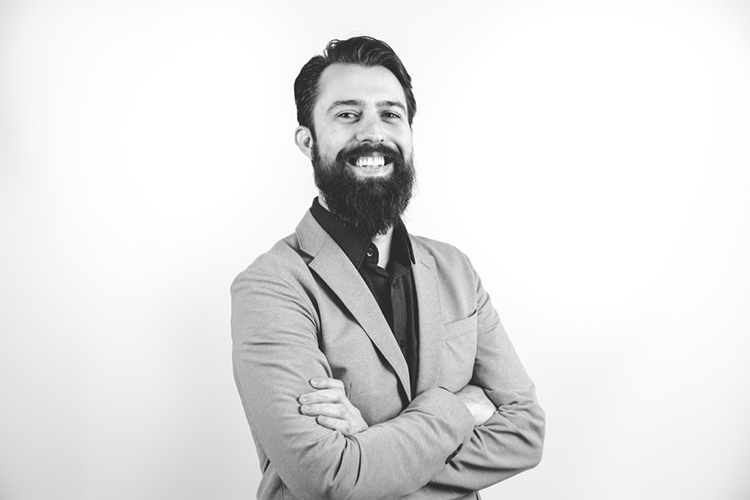

Driving the minimum viable experience to help members prevent water leaks through smart technology

As the lead product designer, I was responsible for orchestrating the design process, from inception to delivery.
My role encompassed organizing and facilitating innovation sprints, creating prototypes with my team, moderating user tests, and refining our solutions based on feedback.
I collaborated closely with the business team, technical partners, and design peers to drive cross-functional collaboration from the beginning–a rare practice at the company.


In collaboration with the internal business team, our design team embarked on a project aimed at revolutionizing member experience through the implementation of smart home devices to prevent water leaks and damage.
The most common, and expensive, sources of water damage are old water heater tanks failing, hidden long-term slow leaks, and catastrophic water main breaks. The damage is exacerbated when people are not at home and unaware of sudden issue to be able to quickly respond to an event.
With the use of smart water leak detectors synced to your mobile phone, catastrophic water damage could be mitigated by alerting you to a leak or other failures immediately–giving you time to address problems sooner, reducing or entirely preventing water damage in your home.

Reducing preventable water leak claims ensures long-term financial health and success.

Members will not adopt the program if it’s cumbersome, too expensive, and does not meet expectations.

Building on the existing BBI auto insurance offering, USAA seeks to expand to other insurance product types.
Two pilots were planned in order to begin a scaled proof of concept for the program: Pilot Alpha and Pilot Beta.
Through meeting with the business stakeholders and understanding their objectives, I identified a clear opportunity to run low-cost, low-risk, rapid innovation sprints to test key moments in the experience.
Each innovation sprint would take only 4-5 days to execute, resulting in a testable prototype of the experience.

Members needed to be able to quickly and easily self-install devices

The water devices needed to be installed in the right locations to catch severe leaks early

The digital app experience needed to be easy to install and connect to devices

Working quickly, I worked closely with my team to schedule and organize the first design sprint with our stakeholders. We leveraged a 4-day version that condenses the 5-day version released by Jake Knapp in his book “Sprint”.


By the end of the design sprint, the team had created a lo-fidelity prototype of the unboxing experience with real devices and a mock install guide that we could test with people in their homes.
We recruited 12 participants to test the user experience with our unboxing prototype and install guidance. We used real devices and an existing 3rd party app to simulate the digital setup experience to get an idea of the holistic physical to digital setup process.
As a moderator through this process, I attended each test session and noted observations of the whole process.
After 3 days of in-home observations, the result was a flawed success with our prototype with which we gathered some important learnings:


In order to keep up momentum, we decided to conduct this design sprint remotely using tools we already had access to internally. Again, we leveraged the 4-day format.

The team converged on an app concept for controlling devices and encouraging engagement via gamification tied to their insurance policy.
The sprint was organized and conducted remotely with the design team in Plano and the business partner in San Antonio. I used Mural and Zoom to facilitate the activities.
Five test participants were recruited to try the app out and give us feedback on the overall value proposition, as well as the usability of the concept. I co-moderated participant interviews with other members of the team.
The team learned 3 key things about a potential app experience:




Ultimately, current enterprise capabilities were not at a point where we felt confident we could economically build the initial scope of a custom unboxing experience and net-new native app for the public member launch.
However, the outcomes of the pilots have brought positive shifts, even with the project's scope adjustment.

The unboxing and installation processes were simplified, aligning with the scaled-down scope while retaining the core learnings from our prototype.

The project continued to foster collaboration across teams, showcasing the adaptability and resilience of the design, business, and technical units working together to drive innovation.

The tested minimum viable experience allowed the team to launch publicly on time, cheaper, and respond faster to the market.
My efforts to break down siloes between teams and foster a new process for rapid learning resulted in a member-centric approach to behavior-based home insurance, helping the business meet their vision for success.

Members are reporting early stage leaks caught by the water leak devices. The business predicts a seven-figure claims savings within 5 years.

Member adoption is steady and growing as the business expands the program into new states.

USAA seeks to provide more behavior-based insurance offerings for preventative solutions.



How getting on the ground and meeting customers can drive digital innovation and inspire new ideas


Crafting an MVP experience to help the business create customer value as quickly as possible.
I prefer to tailor our approach specifically for you. Let’s discuss a collaborative partnership and how we can achieve the best outcomes together.

